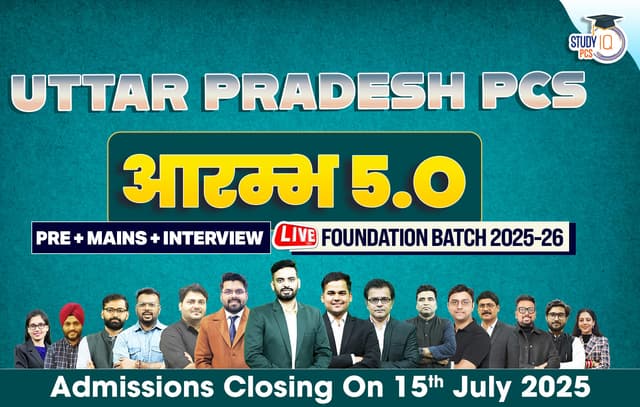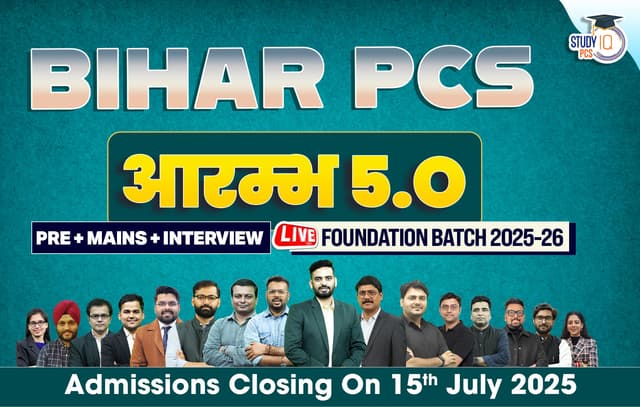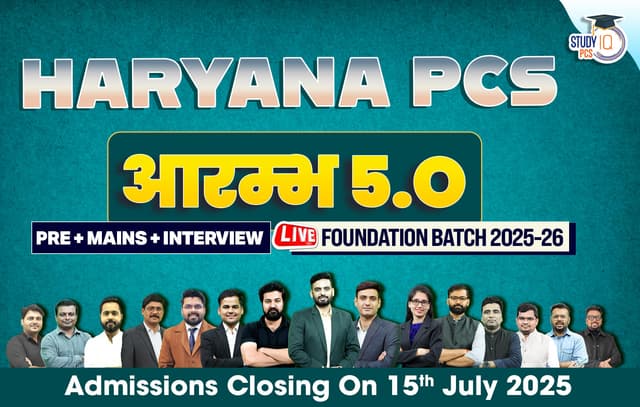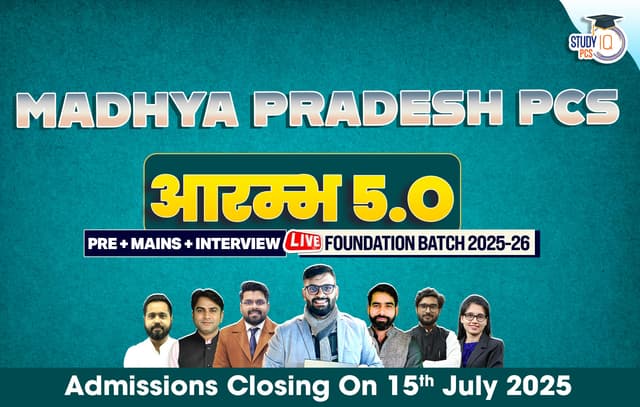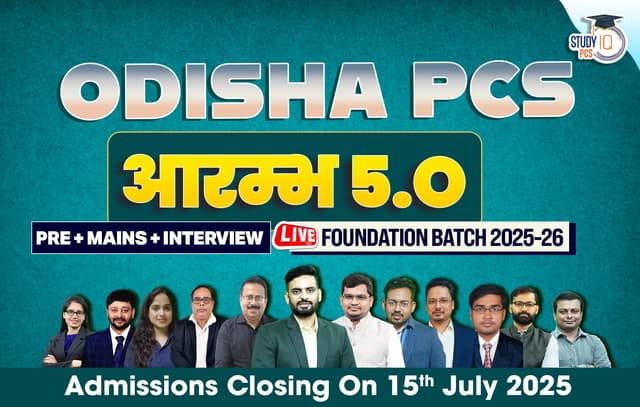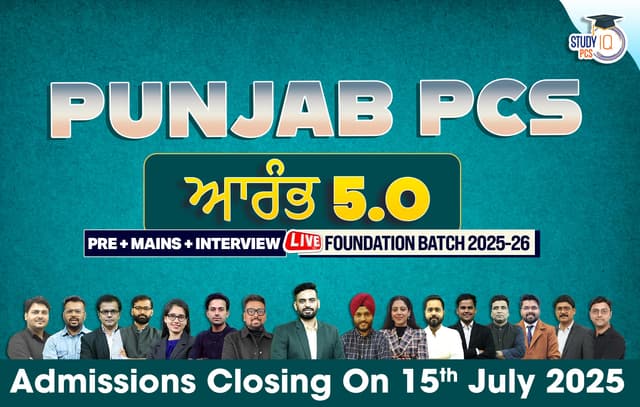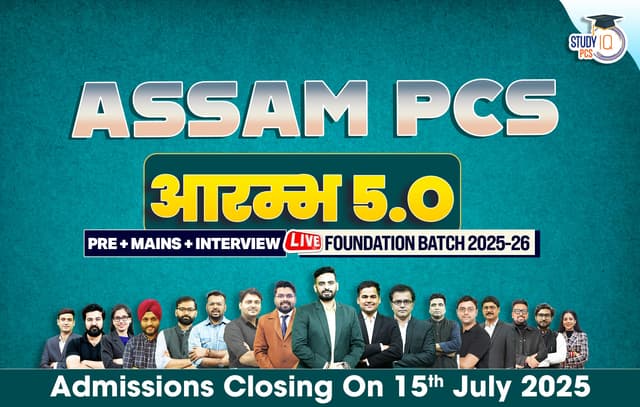Table of Contents
Q1. Give an account of the Vedic literature. (10m) – Art and Culture
Introducing Vedic literature.
Role
Vedic literature means that vast literature which includes Vedas , Brahman texts , Aranyakas and Upanishads . At present, Vedic literature is the only source that sheds light on the oldest form of Hindu religion and is the oldest source in the world.
Body
Types of Vedic Literature
Vedic literature is broadly of two types:
- Shruti literature – From the word ‘ Shruti Sahitya ‘ The word ‘ Shruti ‘ means ‘ hearing ‘ and describes the sacred texts which include the Vedas , Brahmanas , Aranyakas and Upanishads. Shruti literature is canonical , containing revelation and indisputable truth , and is considered eternal.
- Smriti literature – Whereas , the word ‘ smriti ’ literally means to be remembered and that which is complementary and can change with time. Smriti literature is the entire body of post-Vedic classical Sanskrit literature and includes Vedanga , Shad Darshan , Purana , Itihasa , Upveda , Tantra , Agama , Upanga.
Vedic literature can be classified into the following categories:
- There are four Vedas namely Rig , Sama , Yajur , and Atharva , and their Samhitas.
- Brahmin
- Aranyaka
- Upanishad
Vedic literature – Vedas
There are four types of Vedas:
- Rigveda
- Samveda
- Yajurveda
- Atharvaveda:
Vedic literature – Brahmani
- They are prose texts that explain the hymns in the Vedas and are also an assortment of Sanskrit texts that are embedded within each Veda , which include myths and legends to explain and instruct Brahmins on the performance of Vedic rituals.
- Apart from explaining the symbolism and meaning of the Samhitas , Brahman literature also highlights the scientific knowledge of the Vedic period , including observational astronomy and, especially in relation to altar building , geometry.
- Different in nature , some Brahmanas also contain mystical and philosophical content which constitute Aranyakas and Upanishads.
- Each Veda has its own one or more Brahmanas , and each Brahmana is usually associated with a particular branch or Vedic school.
- Less than twenty Brahmans currently exist , as most have been lost or destroyed. The dating of the final codification of the Brahmanas and related Vedic texts is controversial , as they were recorded after many centuries of oral transmission.
- The oldest Brahmin is from around 900 BCE , while the youngest is from around 700 BCE.
- Each Veda has its own one or more brahmins , and each brahmin is generally associated with a particular shakha or Vedic school. Less than twenty Brahmans currently exist , as most have been lost or destroyed. The dating of the final codification of the Brahmanas and related Vedic texts is controversial , as they were recorded after many centuries of oral transmission. The oldest Brahmin is from around 900 BCE , while the youngest is from 700 BCE.
Vedic Literature – Aranyaka
Some important points about Aranyaka are mentioned below:
- These are called forest books
- The Yajna rituals have been interpreted in a symbolic and philosophical manner by the Aranyakas.
Vedic literature Upanishad
Some important points about the Upanishads are mentioned below:
- 108 Upanishads
- Out of 108 Upanishads, 13 are considered major.
- ‘ Atman ‘ and ‘ Brahman ‘ are prominently explained by the Upanishads
- It also includes philosophical ideas regarding the following concepts:
- sacrifice
- Body
- universe
Conclusion
Vedic literature is a large body of religious texts composed of Vedic Sanskrit and originating in ancient India. They form the oldest texts of Hinduism and the oldest layer of Sanskrit literature. Veda literature has been passed from one generation to another through oral transmission. Who have made an important contribution in the development of civilization and culture.
Q1. वैदिक साहित्य का परिचय दीजिए । (8m)
भूमिका
वैदिक साहित्य से तात्पर्य उस विपुल साहित्य से है जिसमें वेदसंहिता, ब्राह्मण-ग्रन्थ, आरण्यक एवं उपनिषद् शामिल हैं। वर्तमान समय में वैदिक साहित्य ही हिन्दू धर्म के प्राचीनतम स्वरूप पर प्रकाश डालने वाला तथा विश्व का प्राचीनतम् स्रोत है।
मुख्य भाग
वैदिक साहित्य के प्रकार
वैदिक साहित्य मोटे तौर पर दो प्रकार के होते हैं:
- श्रुति साहित्य – ‘श्रुति साहित्य’ शब्द से ‘श्रुति’ शब्द का अर्थ है ‘सुनना’ और पवित्र ग्रंथों का वर्णन करता है जिसमें वेद, ब्राह्मण, आरण्यक और उपनिषद शामिल हैं। श्रुति साहित्य विहित है, जिसमें रहस्योद्घाटन और निर्विवाद सत्य शामिल है, और इसे शाश्वत माना जाता है।
- स्मृति साहित्य – जबकि, ‘स्मृति’ शब्द का शाब्दिक अर्थ है याद किया जाना और जो पूरक है और समय के साथ बदल सकता है। स्मृति साहित्य उत्तर-वैदिक शास्त्रीय संस्कृत साहित्य का संपूर्ण निकाय है और इसमें वेदांग, शाद दर्शन, पुराण, इतिहास, उपवेद, तंत्र, आगम, उपांग शामिल हैं।
वैदिक साहित्य को निम्नलिखित श्रेणियों में वर्गीकृत किया जा सकता है:
- चार वेद अर्थात ऋग्, साम, यजुर, और अथर्व, और उनकी संहिताएँ हैं ।
- ब्राह्मणी
- आरण्यक
- उपनिषद
वैदिक साहित्य – वेद
वेद चार प्रकार के होते हैं:
- ऋग्वेद
- सामवेद
- यजुर्वेद
- अथर्ववेद:
वैदिक साहित्य – ब्राह्मणी
- वे गद्य ग्रंथ हैं जो वेदों में भजनों की व्याख्या करते हैं और संस्कृत ग्रंथों का वर्गीकरण भी हैं जो प्रत्येक वेद के भीतर अंतर्निहित हैं, जिसमें वैदिक अनुष्ठानों के प्रदर्शन पर ब्राह्मणों को समझाने और निर्देश देने के लिए मिथकों और किंवदंतियों को शामिल किया गया है।
- संहिताओं के प्रतीकवाद और अर्थ की व्याख्या करने के अलावा, ब्राह्मण साहित्य वैदिक काल के वैज्ञानिक ज्ञान को भी उजागर करता है, जिसमें अवलोकन संबंधी खगोल विज्ञान और विशेष रूप से वेदी निर्माण, ज्यामिति के संबंध में शामिल है।
- प्रकृति में भिन्न, कुछ ब्राह्मणों में रहस्यमय और दार्शनिक सामग्री भी होती है जो आरण्यक और उपनिषद का गठन करती है।
- प्रत्येक वेद के अपने एक या अधिक ब्राह्मण होते हैं, और प्रत्येक ब्राह्मण आमतौर पर एक विशेष शाखा या वैदिक स्कूल से जुड़ा होता है।
- वर्तमान में बीस से भी कम ब्राह्मण मौजूद हैं, क्योंकि अधिकांश खो गए हैं या नष्ट हो गए हैं। ब्राह्मणों और संबंधित वैदिक ग्रंथों के अंतिम संहिताकरण की डेटिंग विवादास्पद है, क्योंकि वे कई शताब्दियों के मौखिक संचरण के कई शताब्दियों के बाद दर्ज किए गए थे।
- सबसे पुराना ब्राह्मण लगभग 900 ईसा पूर्व का है, जबकि सबसे छोटा लगभग 700 ईसा पूर्व का है।
- प्रत्येक वेद के अपने एक या अधिक ब्राह्मण होते हैं, और प्रत्येक ब्राह्मण आम तौर पर किसी विशेष शाख या वैदिक स्कूल से जुड़ा होता है। वर्तमान में बीस से कम ब्राह्मण मौजूद हैं, क्योंकि अधिकांश खो गए हैं या नष्ट हो गए हैं। ब्राह्मणों और संबंधित वैदिक ग्रंथों के अंतिम संहिताकरण की डेटिंग विवादास्पद है, क्योंकि वे कई शताब्दियों के मौखिक संचरण के बाद दर्ज किए गए थे। सबसे पुराना ब्राह्मण लगभग 900 ईसा पूर्व का है, जबकि सबसे छोटा 700 ईसा पूर्व का है।
वैदिक साहित्य – आरण्यक
आरण्यक के बारे में कुछ महत्वपूर्ण बिंदुओं का उल्लेख नीचे किया गया है:
- इन्हें वन पुस्तकें कहते हैं
- आरण्यक द्वारा यज्ञ अनुष्ठानों की व्याख्या प्रतीकात्मक और दार्शनिक तरीके से की गई है।
वैदिक साहित्य उपनिषद
उपनिषदों के बारे में कुछ महत्वपूर्ण बिंदुओं का उल्लेख नीचे किया गया है:
- 108 उपनिषद हैं
- 108 उपनिषदों में से 13 को प्रमुख माना जाता है।
- ‘आत्मान’ और ‘ब्राह्मण’ की अवधारणाओं को उपनिषदों द्वारा प्रमुखता से समझाया गया है
- इसमें निम्नलिखित अवधारणाओं के बारे में दार्शनिक विचार भी शामिल हैं:
-
- बलिदान
- शरीर
- ब्रह्मांड
निष्कर्ष
वैदिक साहित्य धार्मिक पाठ के बड़े निकाय हैं जो वैदिक संस्कृत से बने हैं और प्राचीन भारत में उत्पन्न हुए हैं। वे हिंदू धर्म के सबसे पुराने ग्रंथ और संस्कृत साहित्य की सबसे पुरानी परत बनाते हैं। वेद साहित्य एक पीढ़ी से दूसरी पीढ़ी तक मौखिक संचरण के माध्यम से पारित होते रहे हैं। जिनका सभ्यता और संस्कृति के विकास में महत्वपूर्ण योगदान रहा है।
Check out the UPPSC Mains GS Paper 1 2023 Analysis with detailed expatiation of the topics of Mains GS Paper 1 By the Study IQ Experts

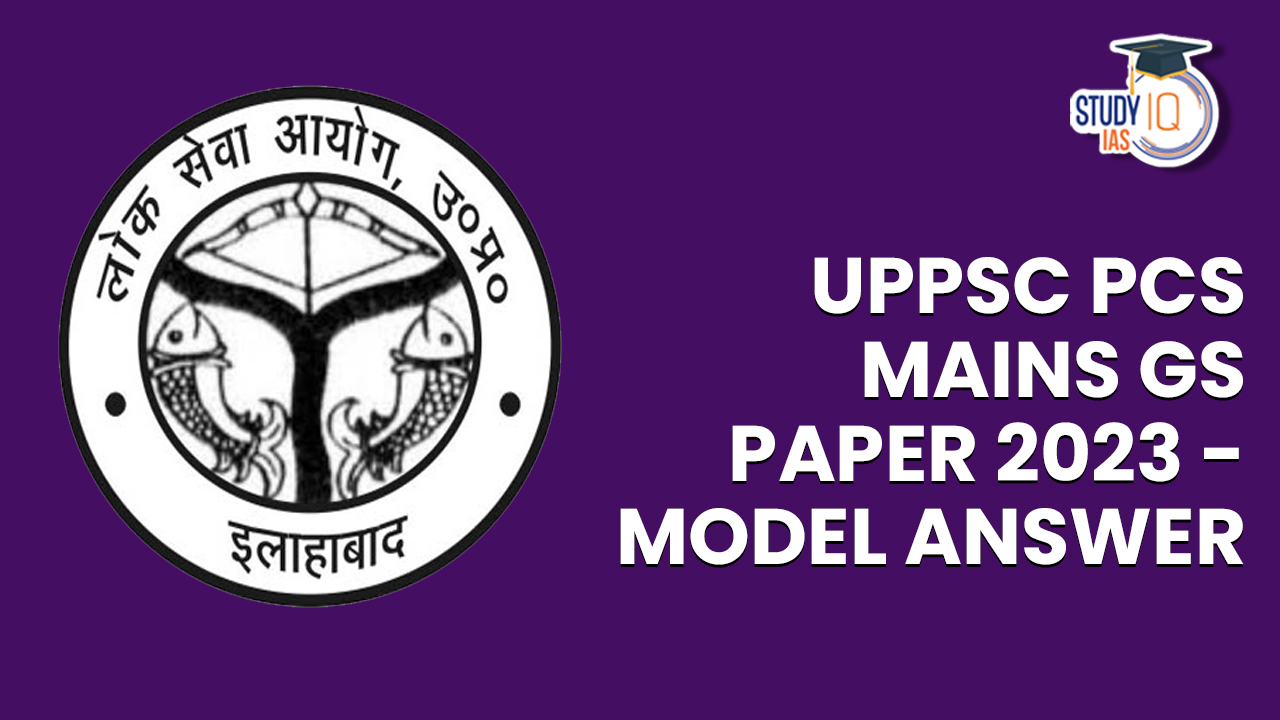
 UPPSC Mains Question Paper 2025: Downloa...
UPPSC Mains Question Paper 2025: Downloa...
 UPPSC Previous Year Question Papers, Dow...
UPPSC Previous Year Question Papers, Dow...
 UPPSC Mains Admit Card 2025 Out, UP PCS ...
UPPSC Mains Admit Card 2025 Out, UP PCS ...
